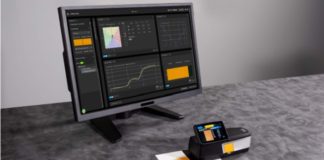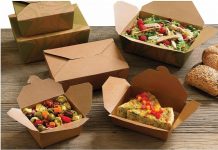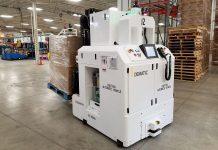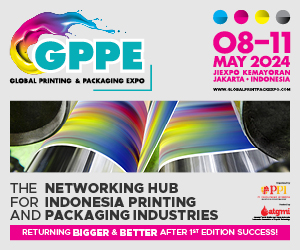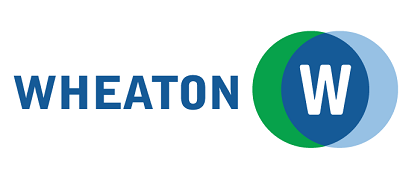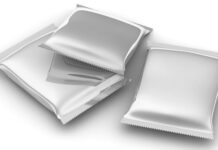The packaging industry is growing and, in an increasingly competitive market, it is necessary to understand and adapt to consumer demands. Therefore, keeping up with the changes in society is key for companies to anticipate trends and act proactively to create solutions. In addition to aesthetics, trends directly reflect how changes in consumer habits and technological innovations influence consumers — and, consequently, the industry.
One of the main trends for the market in 2024 is customization and innovative design in packaging, offering customers the opportunity to express themselves. Faced with the current scenario, especially with the expansion of social media, the way we communicate has radically changed. While algorithms determine individualism, consumers are eagerly seeking identification and connection.
Wheaton is a Brazilian company and one of the largest facilities in the world specializing in supplying glass items to the perfumery and cosmetics, pharmaceutical, and food industries, and packaging has never been so important to win over customers. With the foray of the corporate world into social media, many young people relate to companies as if they were real people, seeking meaningful exchanges and brands that represent their tastes and ideals.
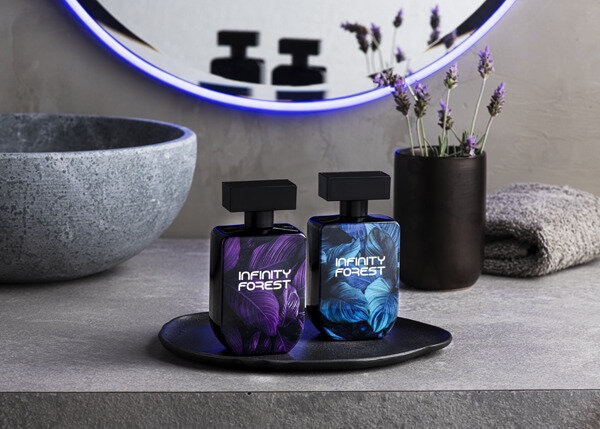
According to the global research Precedence Research, the global custom packaging industry accounted for $34.5 billion in 2022 and is expected to reach around $59.77 billion by the end of 2032. As the report highlights, customization is a trend because it is the starting point of the interaction between the company and the buyer. Personalization is being driven by brands ranging from fast-moving consumer goods to those at the forefront of luxury products, as indicated in the study.
Through branding initiatives, consumers can connect not only to the product but to the aesthetics and strategy of the brand as a whole — which will be represented on the packaging. “The consumers of 2024 don’t just pay for the product but for the experience; they are won over by the details,” says Ricardo Lopes. In this case, customization takes packaging to a whole new level, especially when supported by technological innovations.
The potential and impact of glass as highly customizable packaging
Among the packaging models, glass stands out, having reached $64.97 billion in 2023, with a forecast of reaching $86.54 billion in 2030, a growth of 4.2%. According to the data presented in a Fortune Business Insights survey, the health and cosmetics industry is responsible for leveraging the glass market, particularly after the COVID-19 pandemic.
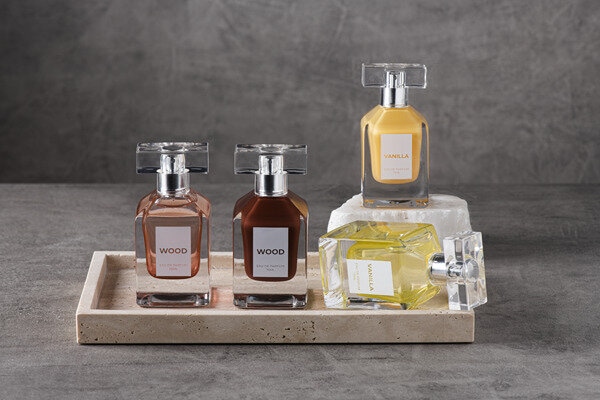
And speaking of innovation, one of the highlights for 2024 is the use of smart packaging. This is the case of Wheaton’s #glasssenses line, developed to explore feelings and experiences and, in addition to having tactile and visual appeal, it features a printed QR Code that links to playlists on Spotify. Glass packaging with connection and interaction.
Wheaton’s 3D screen printing, for example, enables the printing of braille and other figures, ensuring accessibility, readability, and effectiveness in communication.
Further focusing on stimulating the senses, the company offers scented screen printing, which allows customers to choose a fragrance that will be embedded in the printing on the packaging. Innovative technology can be reproduced in products from various industries, from cosmetics to food.
In addition, it is fully customizable, from the creation of art to the desired fragrance. Scented screen printing can be combined with other decorative techniques, such as various paintings, matte and glossy finishes, and other technologies, further expanding the creative possibilities.
Another technology that allows interaction with and customization by customers is photochromic painting, which uses ink with innovative technology that reacts to ultraviolet light and allows the consumer to write or draw on the bottle using a special pen with ultraviolet light. Photochromic ink reacts reversibly, returning to its original appearance after a few minutes.
In order to bring more personality and variety to customization, it is possible to develop other interactive packaging options through painting processes in glass packaging. Here are some other ways to interact with the public through them:
Digital Printing — A realistic and highly technological technique, perfect for embedding images and photographs in a translucent or enclosed way, directly into glass packaging. A technology that promotes customization, allowing countless alternatives to countless arts and products.
Inner Color — A decoration that provides a unique and luxurious look for our bottles. Using the latest innovation in translucent finishing, we further elevate the depth of this effect, the valuing of sophistication, and the elegance of glass as a packaging material.
Thermochromic Painting — A technology that offers the possibility to change colors in response to temperature variations. When exposed to high temperatures, thermochromic painting can change from one color to another, creating an impressive and functional visual effect. For example, in food packaging, this color change may indicate that the product is too hot to be handled safely. On the other hand, at lower temperatures, thermochromic painting can reveal another color as a warning for freezing conditions.
Invisible Painting — Seemingly colorless glass jars glow in neon colors when exposed to ultraviolet light by using a special paint that reacts to UV rays.
Chameleon Painting — Grants a changeable optical effect through the reflection of light in a package, providing a dynamic finish with iridescent coloring.
Each customer has specific demands and consumers, and our commitment is to offer as many options and solutions as possible so they can reach the product and audience they want.
Recently, Wheaton was one of the winners of the WorldStar Award 2024, awarded by the renowned institution World Packaging Organisation, in the category of Health and Personal Care for the development of the packaging of the Natura Humor Transforma perfume, which features multicolor painting, an innovative technique used to reach exceptional and exclusive staining of the bottles obtained by applying three colors in an unpredictable and random way. Each bottle is truly unique.



